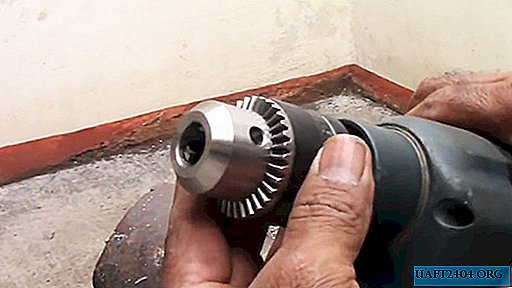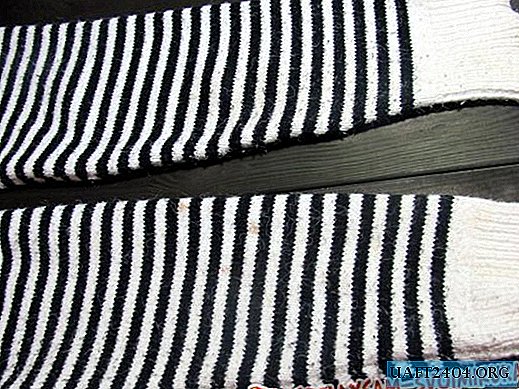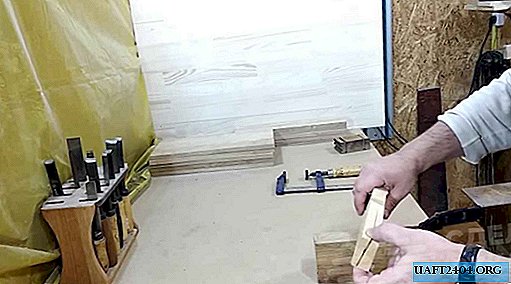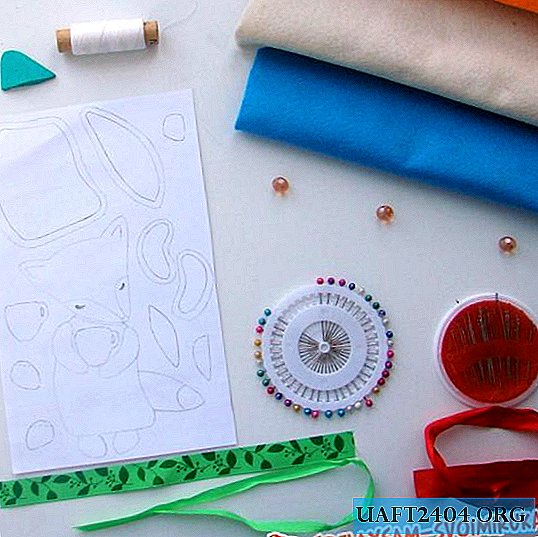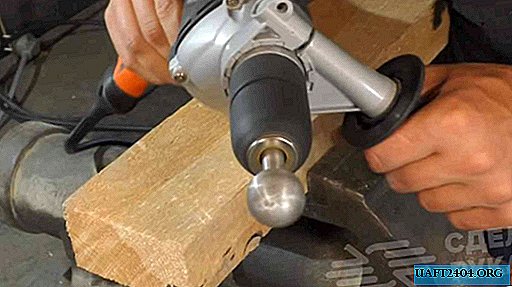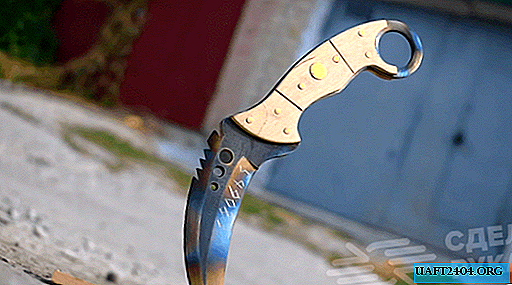Share
Pin
Tweet
Send
Share
Send
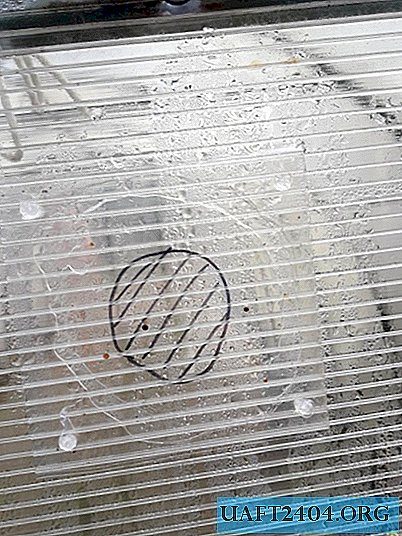
Polycarbonate, as a material for the greenhouse, is undoubtedly the most optimal option. Lightweight, holds heat well and is relatively inexpensive. In any case, cheaper than glass. But polycarbonate has one significant and fatty minus: it is very fragile material. It can easily be damaged by wielding a shovel or a chopper in the greenhouse. Or it might damage something outside, as in my case; a dry branch fell from a tree and broke through polycarbonate. I patched this hole quite easily, quickly and not costly. Since I had already successfully repaired the real hole, before I decided to share this method, I will give an example on a drawn marker.
Will need
- A piece of polycarbonate for patch.
- Silicone plumbing sealant (better transparent!)
- Wood screws (4 pcs.)
- Phillips screwdriver.
- Clerical knife.
- Alcohol or solvent.

Close up hole in the greenhouse
So, we take the prepared piece of polypropylene and with a stationery knife we cut out a square patch with a margin of about three centimeters more from the edges of the hole.

Next, we clean both glued surfaces with alcohol or solvent. We apply plumbing sealant continuously around the entire perimeter of the hole.

We apply the patch to the hole in accordance with the strips available in polycarbonate and the wall of the greenhouse and simply screw it with screws to the wall of the greenhouse!


The length of the screws does not matter much, since then we will unscrew them. Now we are waiting for the time indicated on the label of the plumbing sealant for complete solidification (in our case, gluing). After the sealant tightly sticks the patch to the wall of the greenhouse, apply the sealant to the joint between the patch and the greenhouse around the entire perimeter of the patch, unscrew the screws and, again, seal the holes from the screws with sealant.


Now no rain will enter the greenhouse through this structure, and precious heat will not leave in autumn or early spring. If the holes are small, up to five millimeters, you can simply cover them with the same sealant. And it is also possible to smear the joints between sheets of polypropylene, in any case, it certainly will not be worse from this. Why did I decide to use a plumbing sealant, and not some glue? Because plumbing sealant is made and intended for use in aggressive environments such as sewage. So in simple, natural conditions, it will not only perfectly cope with loads, but will also last much longer.
Share
Pin
Tweet
Send
Share
Send

